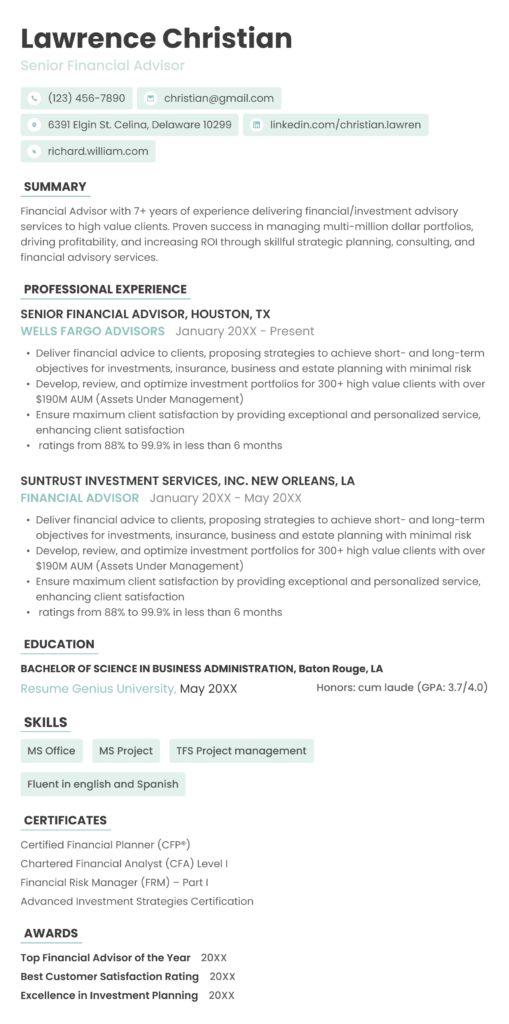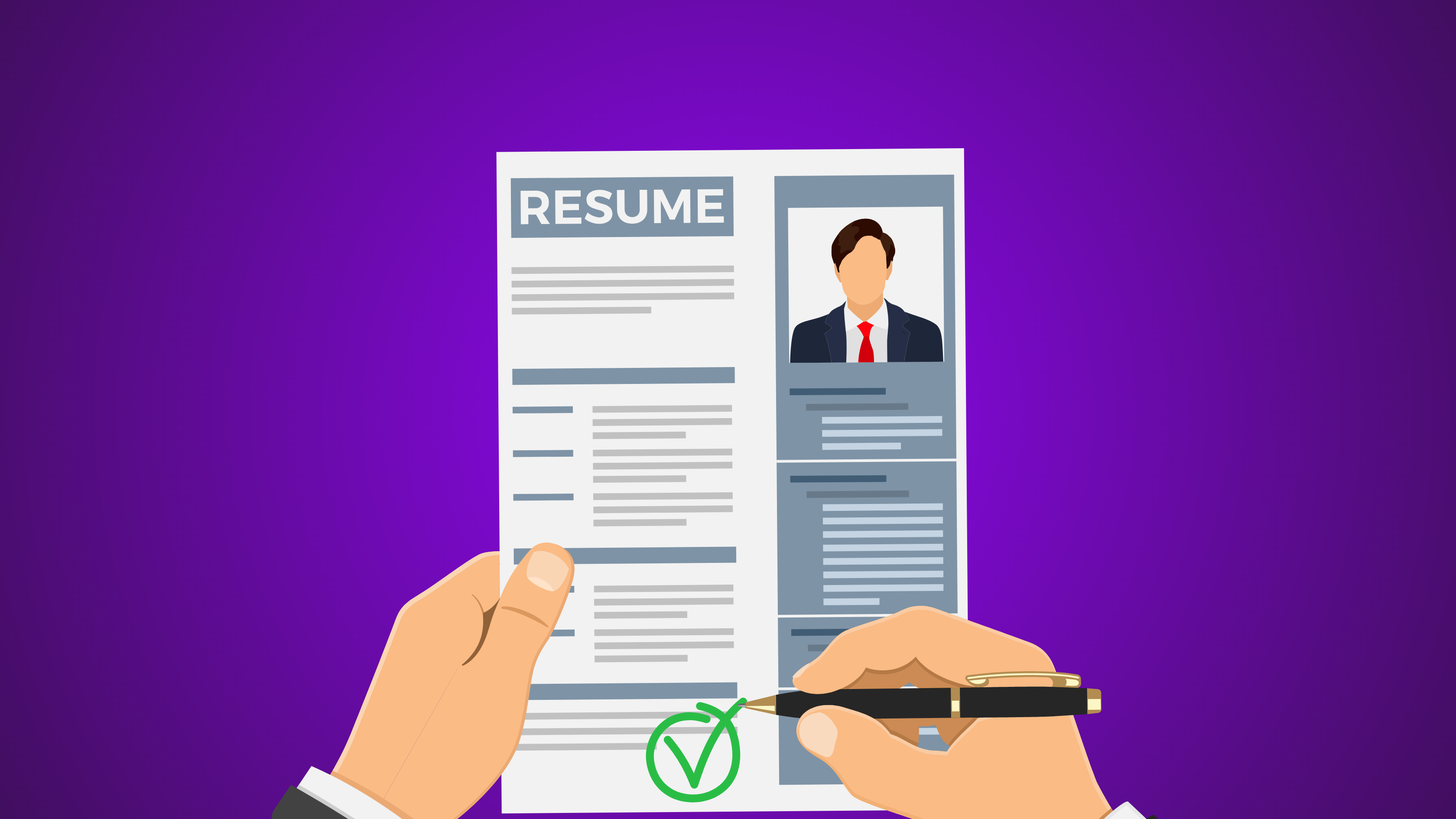In the United States, a resume is a concise document highlighting your skills, work experience, and education. Unlike a CV (Curriculum Vitae) used in other countries, a U.S. resume is typically one to two pages long and tailored to each job application. It should be clear, concise, and optimized for employers’ Applicant Tracking Systems (ATS).
This guide provides the latest resume formats, expert tips, and examples for 2026 to help you craft a winning application.
U.S. Resume vs. CV: Key Differences
While the terms resume and CV are often used interchangeably in some countries, there are key differences in the U.S.
| Feature | U.S. Resume | CV (Curriculum Vitae) |
|---|---|---|
| Length | 1-2 pages | Multiple pages |
| Purpose | Job applications in most industries | Academic, research, and medical roles |
| Content | Summary of skills, experience, and education | Comprehensive details, including research, publications, and achievements |
| Customization | Tailored to each job application | Standardized document (.doc, .docx, .pdf) |
U.S. Resume Format (2026)
A U.S. resume follows a structured layout to ensure clarity and effectiveness. Here’s what your resume should include:
1. Headline
- Full name
- Phone number
- Professional email address
- LinkedIn profile (optional)
- Portfolio or website (if applicable)
2. Professional Summary
A 3-4 sentence summary showcasing your key skills, experience, and achievements. This section should be tailored to the job you’re applying for.
Example:
Results-driven electrical engineer with 6+ years of experience in power systems design, renewable energy integration, and project management. Skilled in AutoCAD, MATLAB, and PLC programming. Proven track record of optimizing energy efficiency and reducing project costs by 20%.
3. Skills Section
List 6-10 relevant skills in bullet points. Include technical skills, software proficiency, and industry-specific abilities.
Example:
- AutoCAD & SolidWorks
- Power Systems Design & Analysis
- MATLAB & Simulink
- Renewable Energy Systems
- PLC & SCADA Programming
4. Work Experience (Reverse Chronological Order)
Each job entry should include:
- Job title
- Company name and location
- Employment dates (Month/Year – Month/Year)
- 3-5 bullet points describing achievements and responsibilities
- Use action verbs and quantify results
Example:
Electrical Engineer
XYZ Energy Solutions | Houston, TX | Jan 2022 – Present
- Designed and implemented energy-efficient electrical systems, reducing power consumption by 15%.
- Led a team of engineers in developing a solar energy project, increasing renewable energy output by 25%.
- Conducted power system analysis using ETAP, improving grid stability by 10%.
5. Education
- Degree earned (e.g., Bachelor of Science in Electrical Engineering)
- University name and location
- Graduation year (optional for experienced professionals)
6. Certifications & Training (Optional)
Include relevant certifications that enhance your qualifications.
Example:
- Certified Energy Manager (CEM) – 2024
- AutoCAD Professional Certification – 2023
7. Additional Sections (Optional)
Depending on your field and experience, you may include:
- Projects (Showcase key accomplishments)
- Languages (List proficiency levels)
- Volunteer Experience (Highlight leadership and community involvement)
Also Read: How to Write a Resume Headline with Examples
U.S. Resume Writing Tips (2026)
To increase your chances of getting noticed by recruiters, follow these expert tips:
1. Tailor Your Resume for Each Job
Customize your resume for each application by incorporating keywords from the job description.
2. Use a Clean & Readable Format
- Choose professional fonts like Arial, Calibri, or Times New Roman (10-12 pt size)
- Keep margins between 0.5″ – 1″
- Use bullet points for clarity
3. Optimize for ATS (Applicant Tracking Systems)
Most U.S. companies use ATS software to scan resumes. To pass the ATS filter:
- Use standard section headings (e.g., Work Experience, Education, Skills)
- Avoid tables, graphics, and excessive formatting
- Include relevant keywords from the job posting
4. Highlight Achievements with Metrics
Recruiters value measurable results. Instead of vague statements, quantify your impact:
Weak: Managed electrical design projects.
Strong: Designed electrical circuits that improved efficiency by 30% and reduced project costs by $10,000.
5. Keep It Concise & Error-Free
- Limit your resume to one page if you have under 5 years of experience.
- Proofread for typos and grammar mistakes.
- Use active language (e.g., Developed, Implemented, Optimized).
U.S. Resume Example (2026)

Build Your Resume with avua CV Builder
Crafting a job-winning resume takes time and precision. With the avua free resume builder, you can create an ATS-friendly, professionally formatted resume in minutes. Gain access to industry-specific templates, expert guidance, and optimization tools tailored for engineering professionals.
Get started today and take the next step in your career!
FAQs
Q1. What is the ideal resume format for US jobs in 2026?
The reverse-chronological format remains the most widely accepted in the US for 2026. It highlights recent experience first and is favored by recruiters and ATS systems alike.
Q2. How long should a resume be in 2026?
For most professionals, one page is sufficient. However, if you have over 10 years of relevant experience, a two-page resume is acceptable.
Q3. What are the key sections every US resume must include?
A strong US resume should include: a professional summary, work experience, education, skills, and optionally, certifications or achievements.
Q4. Should I tailor my resume for each job application?
Yes, absolutely. Customizing your resume with relevant keywords and achievements for each role significantly boosts your chances of passing ATS and getting interviews.
Q5. What tools can I use to improve my resume in 2026?
You can use tools like the avua AI Resume Builder to build or score your resume. It helps ensure your format, keywords, and structure align with 2026 hiring standards.



